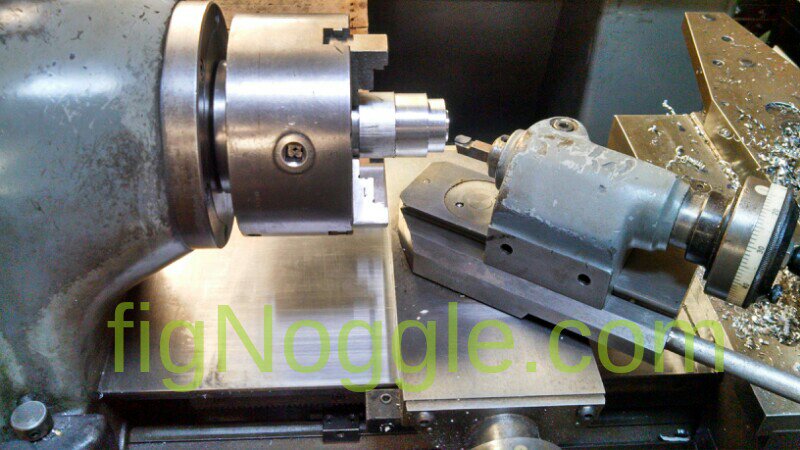If you’re first starting out, you may be confused by all the various options out there for indicators. Brand aside, you may wonder which style to get, and of that, which base would work well with your needs.
Well, let us first recommend that you stay away from the Chinese and Indian imports. We once purchased a lot of 5 mag bases from the Enco catalog in their outlet. Thinking that magnets were magnets, we were quickly let down. We ordered the switched magnetic base, but even then, the push on/off button style was too sticky to use effectively. On top of that, the magnet couldn’t be mounted on its side. There just wasn’t enough pull.
On top of that, we also ordered an import dial test indicator (the small one with the little reversible probe). It had a resolution of 0.0005″ (don’t know if it really was that accurate). The fit and finish was rough. Within one month, the back plate came loose. With something that small, you want precision components that fit well and at least exude quality. Measuring something with a device of questionable quality is bad practice.
Side note: Then one day the Enco catalog had a special on SPI digital calipers. Two for under $100. Score! We picked up a pair. Better than the Harbor Freight calipers, but not by much. Now they are used as scribes. The readouts skipped, wouldn’t hold readings.
That was the last straw.
Now sold on spending money on quality measurement tools, we picked up a Mitutoyo SP67 digital caliper for roughly $150. Ouch! But the moment you lay your hands on one, boy oh boy, can you tell the difference. It’s smooth, holds readings, and we paid for the SP67 which allows for some contact with liquids. Totally worth it!
Back to DTIs and such. So now what? Mitutoyo, Brown and Sharpe, Starrett? Kafer? Which brand? Doesn’t really matter. They’re all good. Assume German and Japanese and truly Made in USA would do the trick.
We need two indicators and a solid base from NOGA. We purchased the Mitutoyo 513 series Dial Test Indicator and Drop Test Indicator. The former having the smaller interchangable probe and the latter having a larger dial face mostly for plunging movement readings with interchangeable heads.
As for resolution, 0.0001″ is nice, but are we really going to indicate runout to that precision? A fun exercise indeed, but we’d be happy with 0.001″ for most of our projects. As such, the 0.0005″ is perfect. As for the drop test indicator, the 0.001″ in both a 1″ and 2″ travel will do us well. Attach either one to a NOGA base with the new style of arm articulation (single knob to tighten) and we’re good to go.
The real lesson for us here is that going import from China and India is currently a bad purchase when it comes to measurement tools with movement. Sure, gage blocks and solid objects would probably work OK, but don’t spend your hard-earned retirement and hobby dollars on cheap dial test and drop indicators. Buy quality and buy it once.



